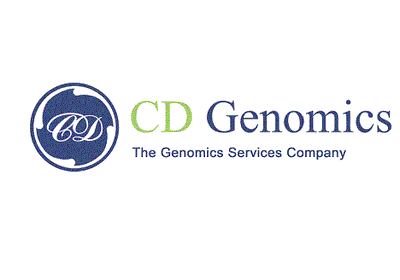

- Home
- Companies
- CD Genomics
- Articles
CD Genomics articles
What Are fungi?
Fungi can be single-celled or multicellular organisms. They are present in almost any habitat, but most live on the ground, instead of in the sea or freshwater, mostly in soil or plant material. In soil or on decaying plants, a community called the decomposers develops where they play a significant role in the recycling of carbon and other elements. Some are disease-causing plant pests such as mildews, rusts, scabs, or canker. Fungal illness in plants can contribute to
What is the microbiome?
The microbiome refers to a collection of microorganisms possessing distinct physicochemical characteristics, occupying well-defined and reasonable habitats. This term encompasses not only the microorganisms themselves but also their active zones, which establish specific ecological niches. This dynamic and interactive microecosystem undergoes changes over time and scale and holds
When classifying bacteria and fungi, morphological features are very relevant. Colony morphology is a useful tool widely used to classify and define them by researchers. Carefully studied and used during these experiments are the colony properties of individual bacterial and fungal colonies. Compared to fungi, bacteria easily thrive on nutrient-rich culture media. Phenotypically distinct-looking colonies are formed by various species of bacteria and fungi. The size, shape, texture, color
